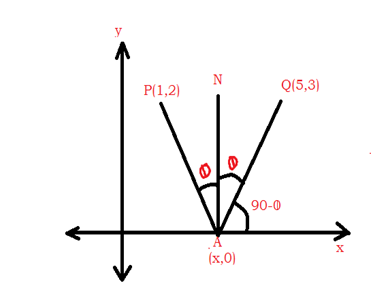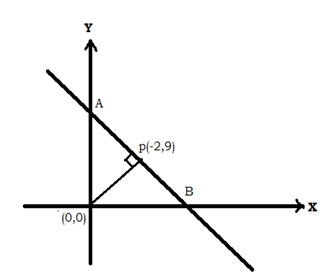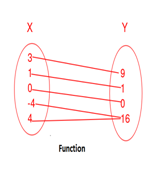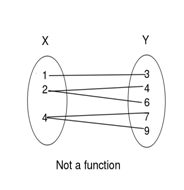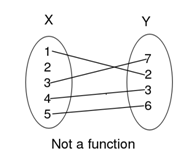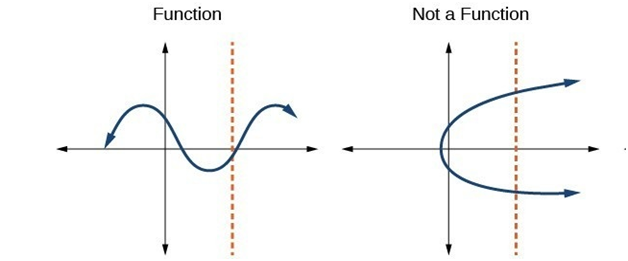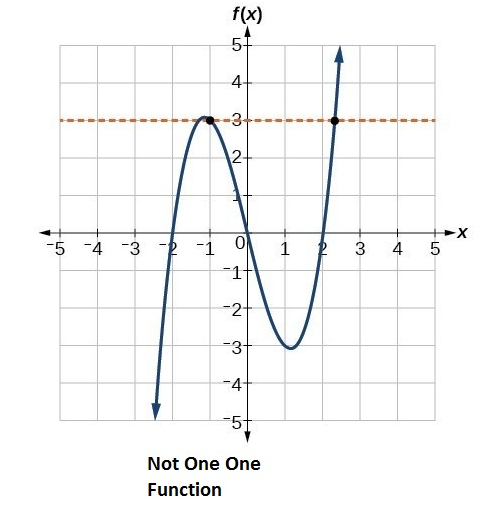Algebraic Limits and its Properties
What is limit ?
In simple words, limit is the output(y value) that a function approaches as the input(x value) approaches some value.
Limit of a function f(x) is usually written as
And is read as limit of f(x) as x approaches to c, is L
Which can be easily understood as when x approaches to c, y approaches to L.
There are many techniques for evaluating limits. But before that we should get familiar with properties of limits.
Properties of limits
Let and
exist and let c be a constant.
where n is a positive integer.
-
[limit of constant is constant always]
Different methods to evaluate the algebraic limits are:
- Limit by direct substitution
- Limit by factorization
- Limit by Rationalizing
- By using some standard limits
Lets discuss them one by one.
1) Limit by direct substitution:
There are many well behaved functions such as polynomials , rational functions with non zero denominators for which we can use direct substitution to evaluate limit.
Example1: Evaluate the limit.
Solution: As this is a polynomial function, we just substitute x as 1 and solve.
Example2 : Evaluate the limit.
Solution: This is a rational function with non zero denominator.
So,
2) Limit by factorization :
For this method, one should be familiar with all factoring techniques. If after substituting limit x->a into given rational function we get form 0/0 and (x-a) is a common factor of numerator and denominator both, then we cancel out the common factor and substitute limit in simplified form to get final answer.
Example3: Evaluate
Solution: When we plugin limit x=2 in this function, we get 0/0 . That means (x-2) is a common factor here so we try to factor numerator and denominator .
Example4: Evaluate
Solution: When we plugin limit x=1, it takes the form ∞+∞ . So we need to simplify it further to express it as 0/0.
3) Limit by Rationalizing :
This method is used when either the numerator or denominator or both involve square roots and substituting the limit , expression take the form 0/0. Lets look at some examples.
Example5 : Evaluate the limit .
Solution: Here we rationalize the numerator.
Example6: Find the limit
Solution: Here we rationalize both numerator and denominator.
4) Using standard limits:
Here we use this formula:
Example7: Evaluate limit
Solution: When we plugin limit x=2, this expression takes the form 0/0 so we use standard formula.
Example8: If then find all possible values of a.
Solution: Given that,
Applying standard limit formula given above we get,
Practice problems:
Evaluate the following limits.
- If
then find all possible values of a.
Answers:
- -3/2
- 25
- 2
- -3,3

